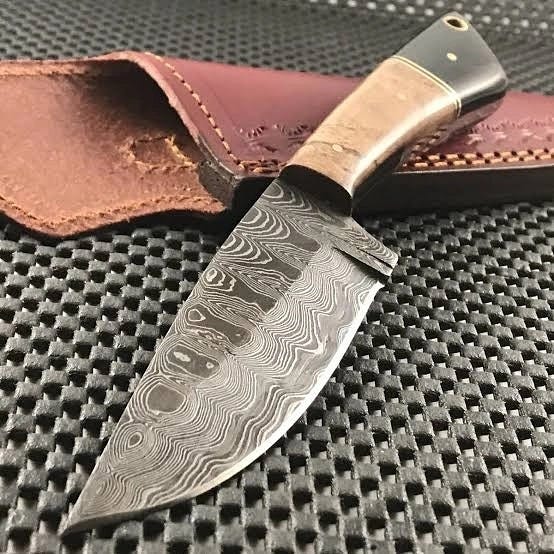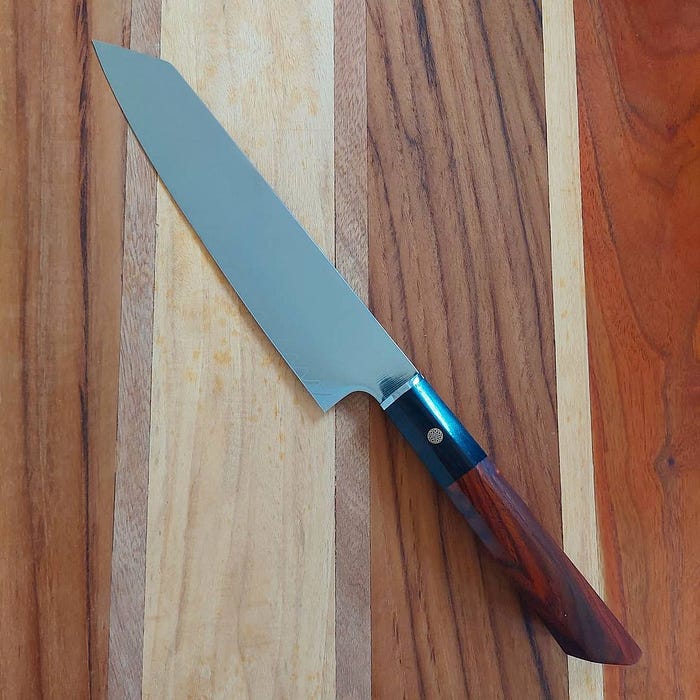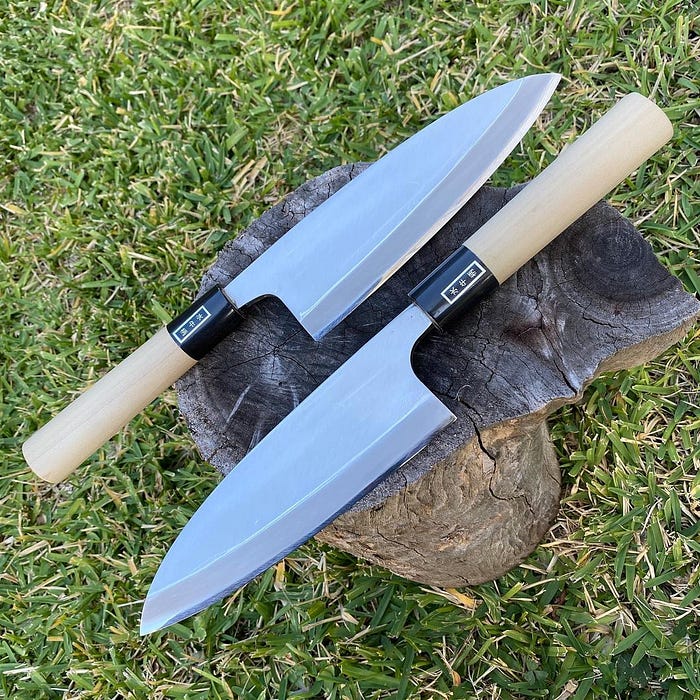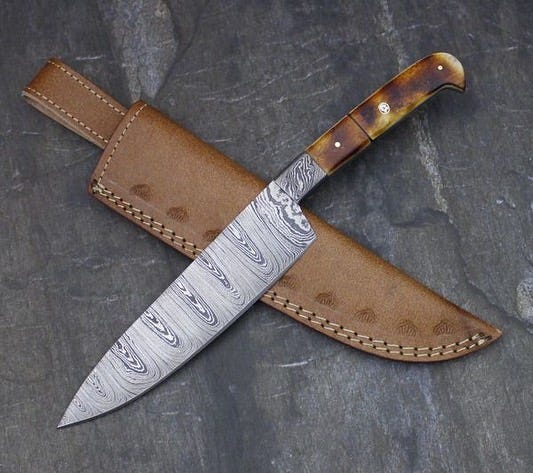Blogs
The original multi-tool of the western United States: the history of the tomahaw
|
The origin of the term “tomahawk”
The word “tomahawk” is derived from Algonquin. Historians believe that this word is derived from the Powhatan term “tamahaac”, which contains the original Algonquin root “temah”, which means “cut off with a basic knife.”
Algonquin is a general term used to refer to a mixed group of indigenous people who speak various Algonquin dialects. Although most of the Algonquin people live in what is now Quebec, these peoples extend westward from eastern Virginia to the Rocky Mountains and northward to Hudson Bay in Canada.

The history of the tomahawk
A battle axe is a one-handed axe native to many indigenous peoples and countries in North America, and is traditionally similar to a straight shaft for axe. The term entered English in the 17th century as an adapted version of the word Powhatan (Virginia Algonquin).
The tomahawk knife was a universal tool used by Native Americans and European colonists who later traded with it, and was usually used as an unarmed weapon. The metal battle axe was originally based on the boarding axe of the Royal Navy and was used as a trade item to exchange food and other supplies with Native Americans. The tomahawk is one of the most iconic weapons on the US border. Shown in old westerns and modern movies (such as The Patriot and The Last Mohican), the tomahawk is both a versatile and practical tool and a symbol of war.


Despite the similarity in concept, the modern battle axe bears little resemblance to the stone weapons used by North American natives. Although this brutal weapon originated from the stone tools of the Neolithic Age, the battle axe has developed into a complex tactical weapon and a useful survival tool.
Unlike its cousin the axe, the axe is mainly used for household chores such as chopping wood and building shelters, while the battle axe is honed for destruction. Improvements in the design of the tomahawk over the centuries have made it ideal for tearing objects, including brushes, doors, buildings, and even people.
If you are a modern survivalist, preparer, or soldier and tend to associate disaster with conflict, then you should consider adding a battle axe to your supply depot.


Modern use
Tomahawks are useful in camping and jungle adventure scenes. They are mainly used as a substitute for axes because they are generally lighter and thinner than axes. In addition to axes, they usually contain other tools, such as nails or hammers.
Traditional form of battle axe
The modern tomahawk was used by selected units of the U.S. armed forces during the Vietnam War and was called the “Vietnamese Tomahawk.” These modern tomahawks have been widely used, and the American Tomahawk Company, which is steadily developing, cooperated with a custom knife manufacturer in early 2001. Ernest Emerson’s Emerson Knives Company. Steel production.
Many of these modern battle axes are made of forged, differentially heat-treated alloy steel. The differential heat treatment allows the shredded part and spikes to be harder than the middle part, thereby forming a shock-resistant body with a durable temper.
Lewis & Clark & Tomahawk
The Legion of Discovery carried out hundreds of tomahawks on their expedition. Although most of them were used for trade, Captain Meriwether Lewis and Second Lieutenant William Clark handed out a pipe tomahawk to each of them. On the return journey, Clark’s pipe tomahawk was stolen by the locals, who spent a whole day following him before retrieving it.
While spending the winter with the Mandan tribe, the explorer is a soldier. John Shields forged a battle axe in exchange for corn to save this group of people from starvation during the harsh winter months. When they headed to the Pacific coast, they were surprised to find that the battle axe forged for the Mandans defeated them through a wide trade route there.
Native American Tomahawk
Although we can trace the rough shape of the modern battle axe back to the tools of the Stone Age, it was the Native Americans who made these tools famous and provided us with the roots of the word “tomahawk”. It comes from “tamahaac” in Powatan. The first settlers in Jamestown, Virginia came into contact with the Powatan tribe.


YIER Knife Set
Material: X50Cr15 Superior high-Carbon stainless steel
High quality forged blades, which are made of German stainless steel, W-Nr. 1.4116.
It contains 0.45 to 0.55% carbon, 14 to 15% chromium, 0.5 to 0.8% molybdenum and 0.1 to 0.2% vanadium.
The purpose of the molybdenum alloy is to increase the resistance to pitting of the material.
Transparent acrylic knife holder. Beautiful acrylic knife holder, you can clearly see the knife you want to use, and pull out the knife you want.
One-piece design. The handle and the blade are an integrated design, so there is no problem of the blade falling off the handle, and there is no possibility of the knife handle becoming loose.
Easy to store and maintain. YIER knife set is made of high-grade German stainless steel, with sharp blades, not easy to rust, and long service life.
Excellent sharpness.
100% satisfaction guaranteed. Every knife set produced by YIER is backed by outstanding quality assurance, so you can buy it with confidence. If you have any questions, please feel free to contact us, we are always by your side.
Maintenance tips: In order to protect the sharpness and gloss of the knives, please do not wash the knives in the dishwasher. Keep the knives clean and dry after use.